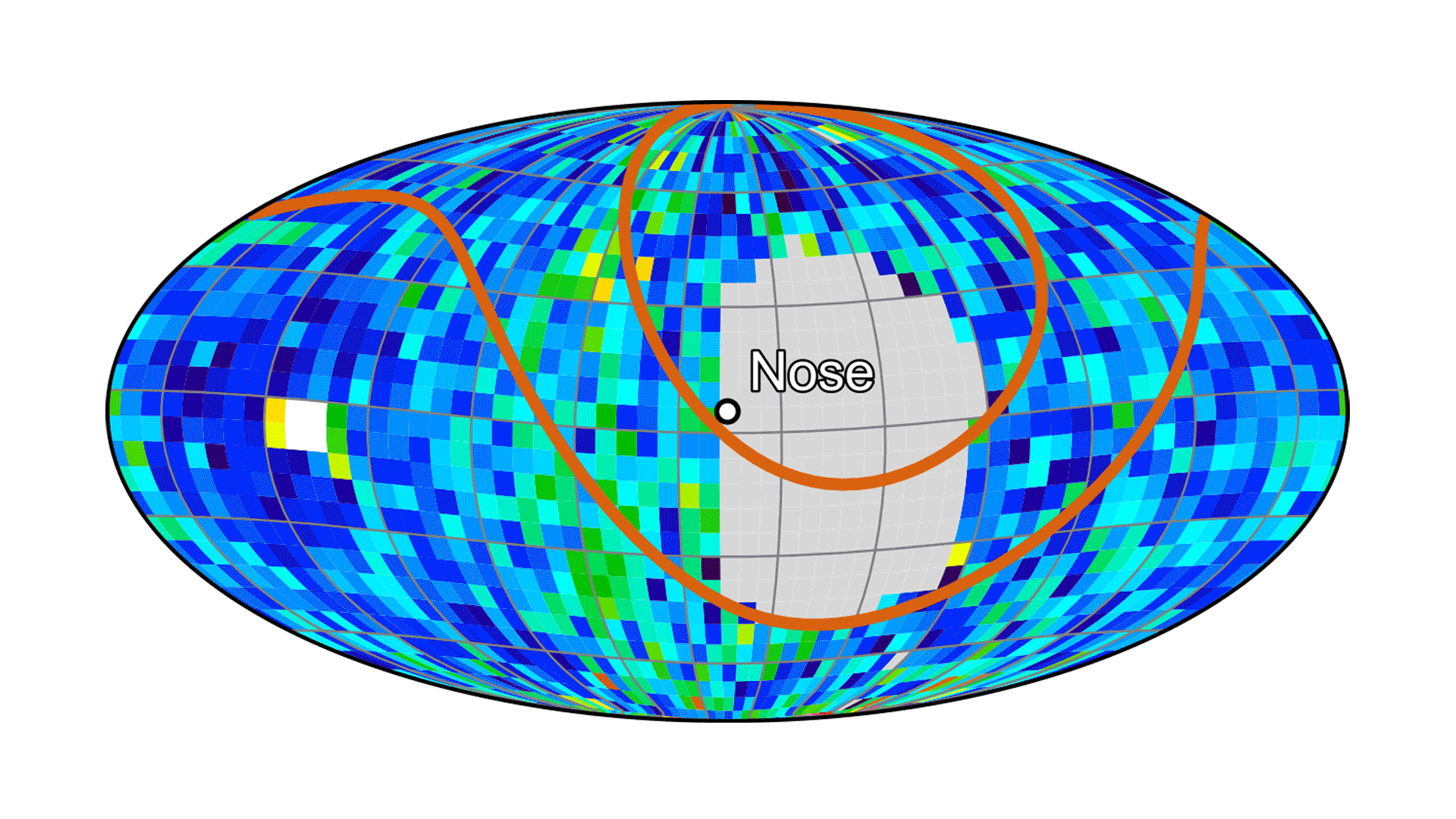All 10 instruments aboard NASA’s newly launched IMAP (Interstellar Mapping and Acceleration Probe) mission have successfully recorded their first measurements in space. With these “first light” observations, the spacecraft is now…
Category: 7. Science
-
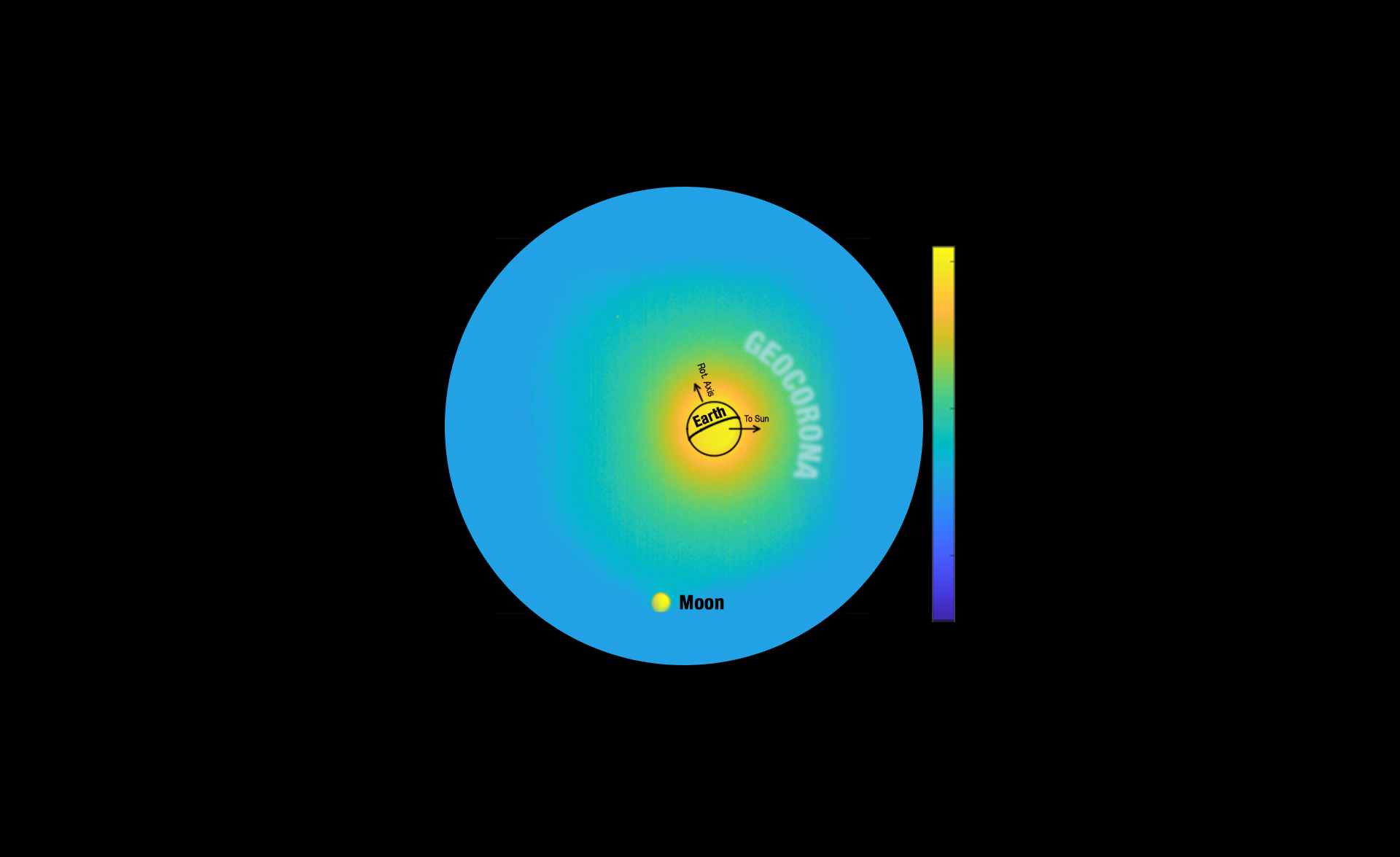
NASA’s Carruthers Geocorona Observatory Reveals ‘First Light’ Images
NASA’s Carruthers Geocorona Observatory has captured its first images from space, revealing rare views of Earth and the Moon in ultraviolet light. Taken on Nov. 17 — still months before the mission’s science phase begins — these…
Continue Reading
-

Copernicus Sentinel-6B delivers first altimeter images and reaches final orbit
These initial measurements from the satellite’s Poseidon-4 altimeter show how Sentinel-6B will help track sea-level change, ocean currents and wave conditions, while also monitoring water levels from lakes and inland waters…
Continue Reading
-
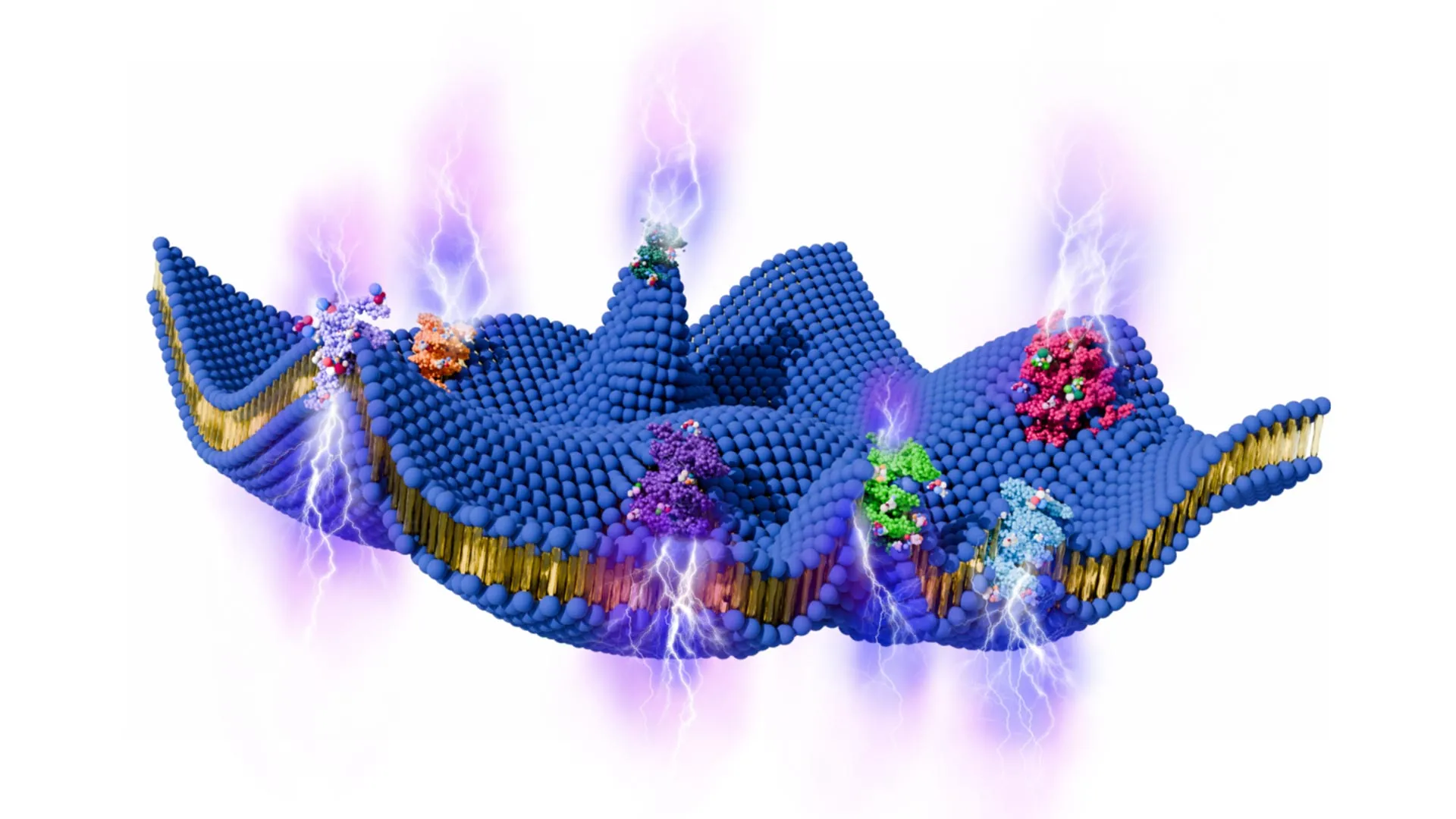
Living cells may generate electricity from motion
Scientists have developed a new theoretical explanation for how living cells might generate electricity on their own. At the center of the idea is the cell membrane, the thin, flexible layer that surrounds every living cell and controls what…
Continue Reading
-

Robotics Information | AZoRobotics.com – Page not found
Terms
While we only use edited and approved content for Azthena
answers, it may on occasions provide incorrect responses.
Please confirm any data provided with the related suppliers or
…Continue Reading
-
How to see interstellar comet 3I/ATLAS as it swings by Earth one last time
This week marks the final opportunity for backyard astronomers to observe interstellar Comet 3I/ATLAS before it heads back toward the far reaches of space. The comet will pass within 167 million miles of Earth on Friday, December 19, appearing…
Continue Reading
-
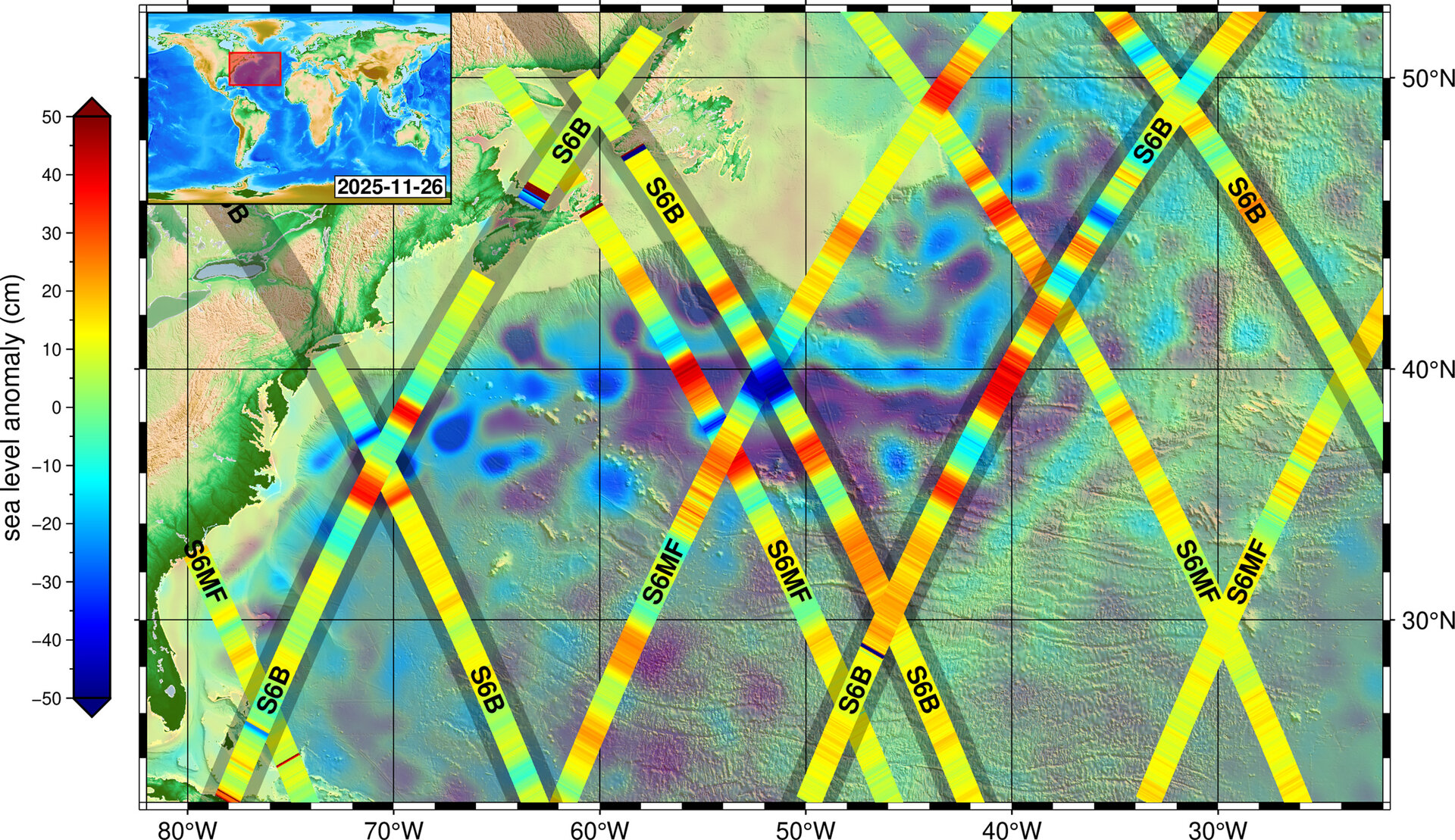
First image from Sentinel-6B extends sea-level legacy
Applications 16/12/2025
153 views
3 likesCopernicus Sentinel-6B, launched last month, has reached its orbit and delivered its first set of data, which show variations in sea level in the North…
Continue Reading
-

‘Little Foot’ May Be a Whole New Member of Our Family Tree After All : ScienceAlert
One of the most famous hominin fossils may not be as familiar as we thought. The specimen, affectionately dubbed “Little Foot”, could represent an entirely new species.
Discovered in Sterkfontein cave in South Africa, Little Foot is believed…
Continue Reading
-

Satellite watches volcano spew ash over Middle East photo of the day for Dec. 16, 2025
In late November, Hayli Gubbi erupted explosively, sending a towering plume of ash and volcanic gases high into the atmosphere. The MODIS instrument on NASA’s Aqua satellite captured the dramatic scene just four hours after the eruption began….
Continue Reading
-
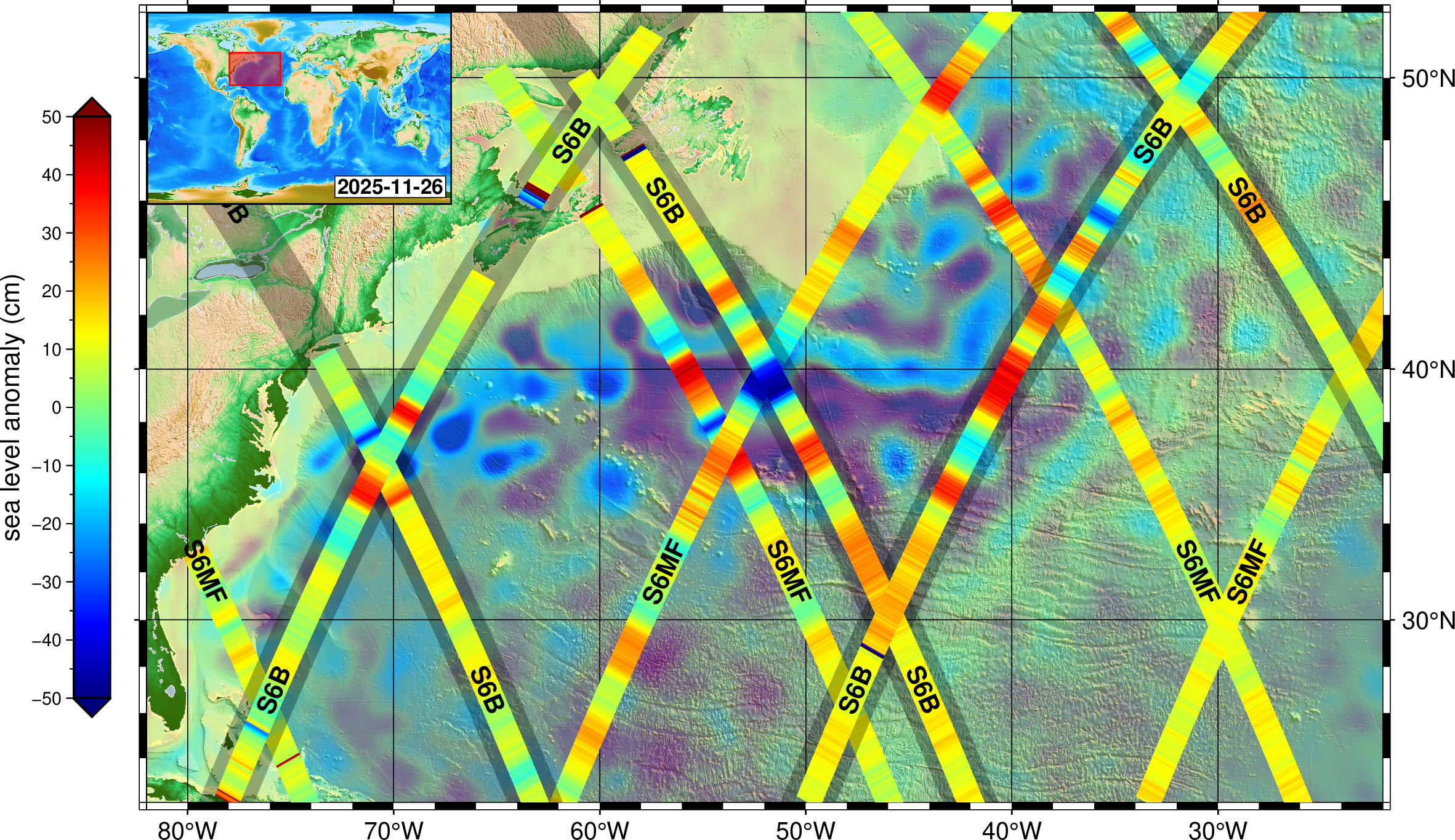
NASA, Partners Share First Data From New US-European Sea Satellite
In addition to measuring sea level, instruments aboard the satellite will gather information on wind speeds, wave heights, atmospheric temperature, and humidity. In turn, that data can be used by U.S. agencies as well as to refine the Goddard…
Continue Reading
